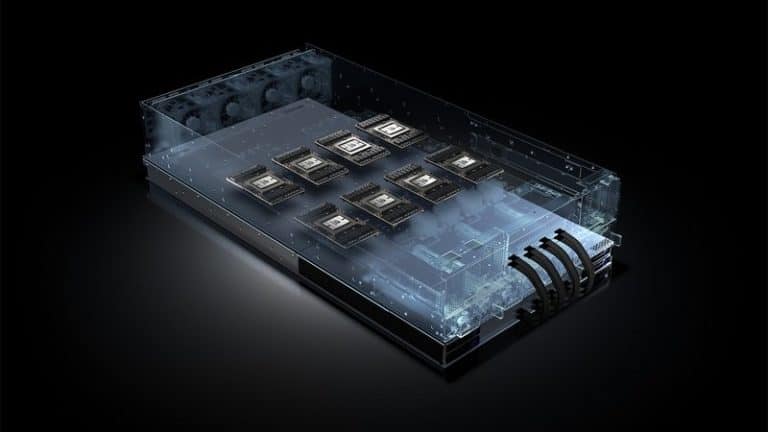AMD and Nvidia are still struggling with declining demand for their GPUs. At the beginning of 2018, the companies produced an extra large number of GPUs in order to be able to respond to the increased popularity of cryptic currency. The collapse of this market is now creating a surplus, making it more difficult for companies to sell their GPUs.
A report by market researcher Jon Peddie Research shows that both suppliers reduce the demand for their GPUs by 2.65% between the third and the fourth quarter of 2018. AMD (6.8 percent) and Nvidia (7.6 percent) were particularly affected. For supplier IBM, the damage was less than expected, with a decrease of 0.7 percent.
Market off balance
The market for GPUs is currently completely unbalanced. This is because at the beginning of 2018, during the heyday of the cryptic currency, large amounts of GPUs were still being purchased. But that market collapsed in the first quarter of 2018, with the result that companies such as AMD and Nvidia, which had just started to produce more, were left with stocks. The consequences of this are still noticeable.
For the year as a whole, deliveries of GPUs fell by no less than 3.3%. Especially in the field of video cards for desktops, sales were lower, -20 percent. The market for GPUs for laptops grew by 8 percent, but could in no way compensate for the loss in the desktop market. “The demand for add-in boards in early 2018 was not in line with the market,” says John Peddie of the research bureau about the figures. “As a result, there was a surplus on the market. This had a direct impact on sales of GPUs in the fourth quarter.”
For the time being, the effects of this will continue to be noticeable. The market researcher expects that supply and demand will not match in the first and second quarter of 2019 either.
This news article was automatically translated from Dutch to give Techzine.eu a head start. All news articles after September 1, 2019 are written in native English and NOT translated. All our background stories are written in native English as well. For more information read our launch article.